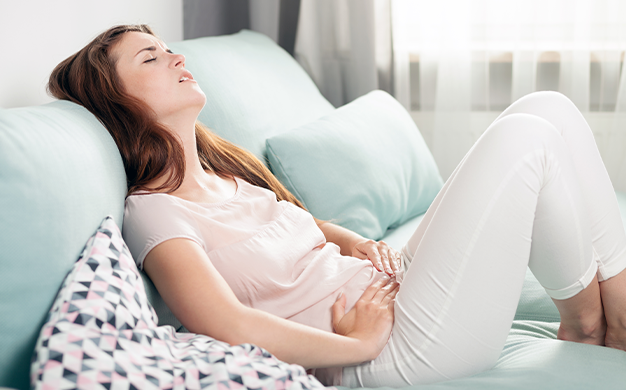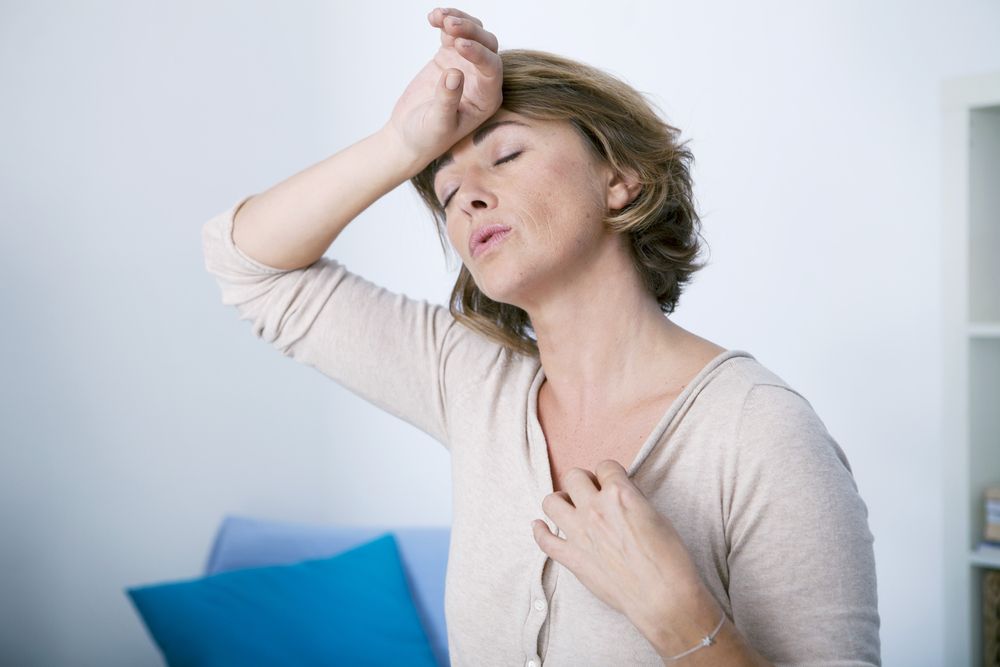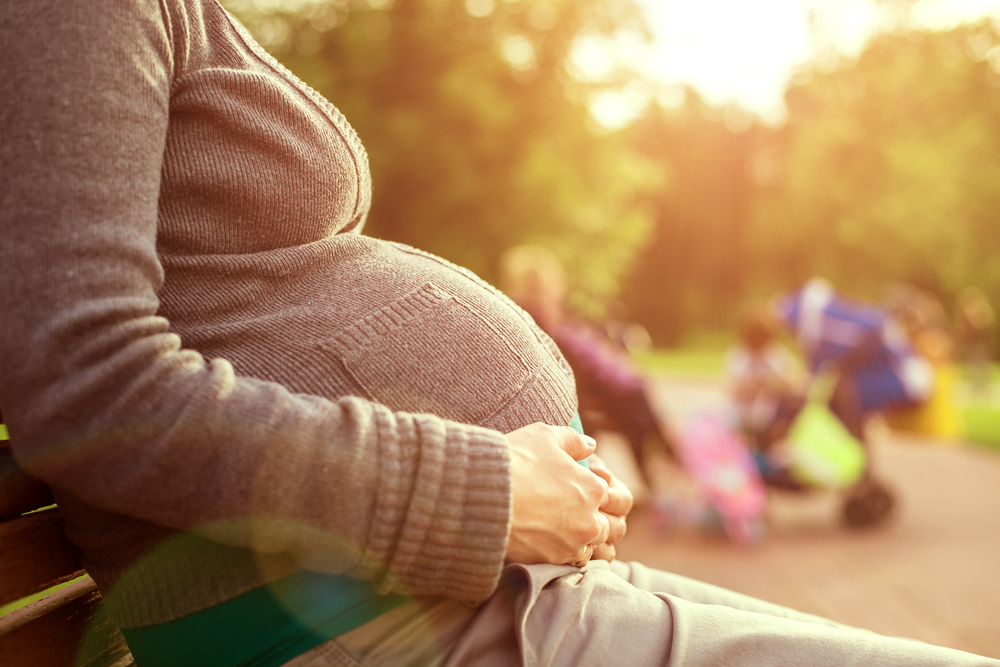Pain or discomfort in your vagina often results from a medical or psychological issue. Early treatment may help you eliminate the discomfort and lower your risk of complications. Several multivitamins and supplements are available to treat the condition.
You can buy women’s health supplements online to enjoy the best discounts, doorstep delivery, free shipping options, etc.
Many of us aren’t used to talking about our vulvas and vaginas. So, starting with the basics is important if you are experiencing pain in either of these areas. The vagina is the internal tube that connects the uterus to the outside of the body, whereas the vulva is the outer part of the female genitals. The vulva includes the inner and out lips called labia, the clitoris, the urethral opening and the vaginal opening. According to healthcare experts, pain can be experienced either in the vulva or the vagina, or sometimes, both. Let’s look at some common causes of vaginal and vulval pain, what one can do about them and when to seek medical help.
Symptoms of vaginal pain
The symptoms of vaginal pain and discomfort vary, depending on the cause. For example, vulvar vestibulitis is a condition that causes pain when pressure puts on the vagina. In contrast, the pain of vulvodynia is often described as burning pain or discomfort in the vulva region. It can be restricted in an area or across the whole vulva. Depending on the cause of the condition, you might experience one or more symptoms of vaginal pain:
- Itching
- Burning
- Stinging
- Soreness
- Throbbing
- Pain during intercourse
If an infection is causing your vagina, you may develop an abnormal vaginal discharge. Candida, also known as thrush, causes inflammation and swelling in the vulva, often accompanied by itchiness and thick discharge. It may also smell different than usual.
What are the causes of vaginal pain?
Vaginal pain may be confined to one’s vaginal area or sometimes radiates down from the pelvis to the cervix. One of the major reasons behind vaginal pain is an infection. Examples include gonorrhoea, chlamydia, and yeast infection. Other potential causes of vaginal pain are:
- Physical trauma to the vagina or vulva, such as injury and pain in childbirth
- Vulvovaginal atrophy due to a decrease in estrogen following menopause
- Cervical cancer
- Vulvar vestibulitis (inflammation of small glands at the entrance to the vagina)
Vaginal pain can also occur due to dyspareunia (painful intercourse). It can develop due to insufficient lubrication during sex from hormonal changes or lack of sexual stimulation. In some cases, psychological issues, such as a history of sexual abuse, can also contribute to vaginal pain.
In some cases, doctors and health care experts cannot identify the exact cause of vaginal pain, just like vulvodynia, burning pain in the vulva with an unknown cause.
Who can develop vaginal pain?
Women of any age can experience mild to severe pain. In some women, medical history may increase the risk of vaginal pain. For example – hormonal changes brought on by menopause, pregnancy, or hysterectomy (a surgical process to remove all parts of the uterus) may increase the risk. Women with a history of breast cancer are also at high risk.
Certain medications may also elevate the risk of vaginal pain and discomfort. For example- statins are drugs that help to decrease cholesterol. They cause dryness in the vagina and may lead to vaginal pain.
Ageing is also a risk factor. Menopause changes your hormone levels and the thinning of your vaginal tissue. This further affects vaginal lubrication and can contribute to vaginal pain.
How to treat vaginal pain?
To get rid of vaginal pain, your doctor will work towards treating the underlying cause of your condition. This may require a multistep approach. For example, they may recommend topical anaesthetics or oral medicines. Rarely may they suggest surgery.
Medicinal therapy
Women with bacterial or fungal infections are often prescribed antibiotics and antifungals to treat them. One needs to take all the doses as prescribed, even if the symptoms subside before you finish the treatment. This reduces the chance of recurrence of infection. Your doctor may often recommend topical ointments to help relieve persistent pain or discomfort during intercourse. Moreover, topical steroids may help reduce irritation, burning sensation, and swelling. Anticonvulsants and antidepressants may also reduce chronic pain. Opt to buy women’s health medicines online or over the counter to help alleviate your symptoms.
Home care
Some home remedies and over-the-counter preparations may help diminish vaginal pain symptoms. For example- applying hazel pads to the vaginal may help soothe irritation. To alleviate pain during urination, pour clean, lukewarm water over your vulva after using the washroom. This helps cleanse and soothe the area. Women may use lubricants to get rid of the pain during sexual intercourse; one may use lubricants. For treating vaginal itching, over-the-counter antihistamines may help. Other over-the-counter products are available to treat vaginal pain and associated conditions. Visit a trusted pharmacy to buy women’s multivitamins supplements online at affordable rates.
Conclusion
Vaginal pain treatment depends on the underlying cause of your vaginal pain. In many cases, following your doctor’s advice and treatment plan can provide relief. Discuss with your doctor for more information about treatment options and long-term outlook.




